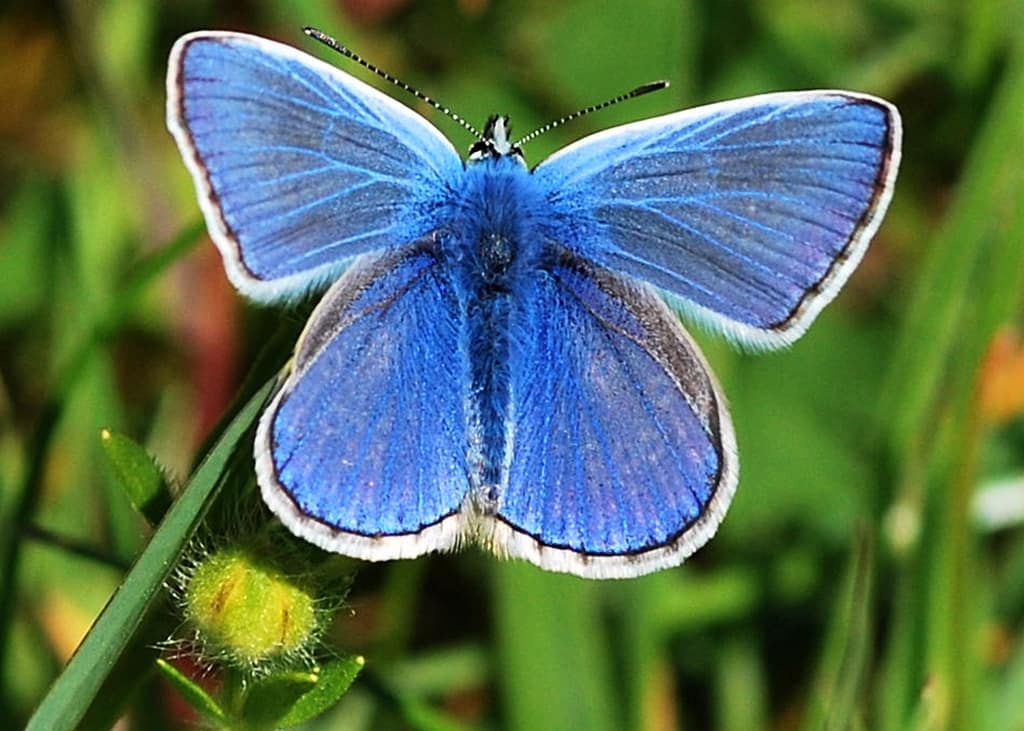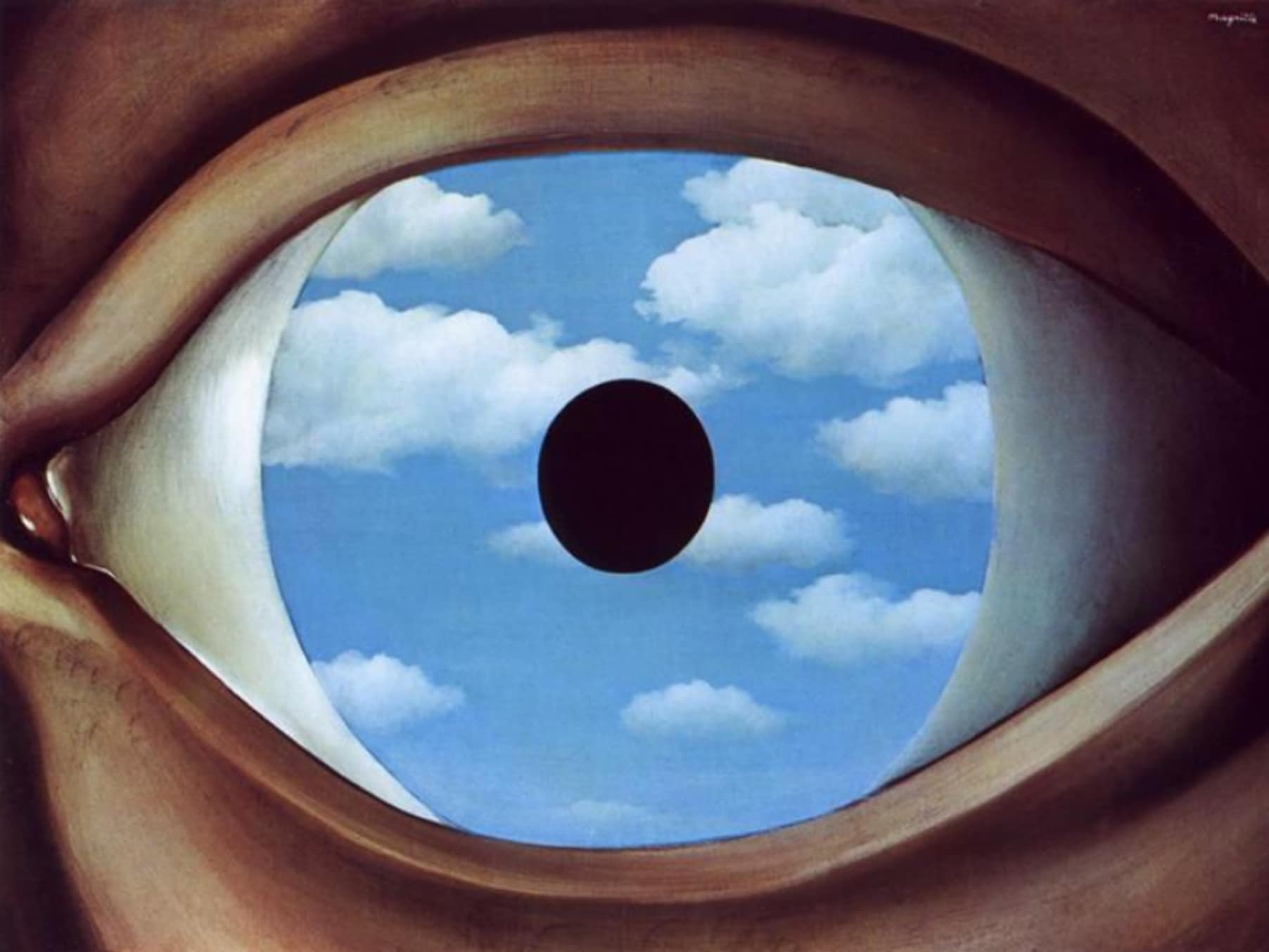
Blue Monday: Perpetuating a media hype or promoting mental health awareness?
I believe I first heard about Blue Monday when a colleague was interviewed about it in 2012. Another colleague was approached about it by the media in 2015. This year Blue Monday will either have passed when this blog post is published, or will happen in the coming week: At the time of writing this blog post, international and Dutch websites provide inconsistent information on the actual date, claiming January 16 and January 23, respectively. In any case, the concept that there is a single day in the year during which people may be the most depressed has been a source for media attention for over a decade now.
“a single day in the year during which people may be the most depressed”
I found it interesting to read on Wikipedia that this concept of a most depressing day of the year apparently originated on a television shopping channel. The channel recruited a public relations company to help promote winter holiday travel. The company is said to have prepared a statement about 24 January 2005 being Blue Monday and asked a Welsh psychologist, Cliff Arnall, to endorse it. This statement has received attention yearly ever since it was released to the media.
Unfortunately, many past “news” items on Blue Monday did not include references to relevant research. I searched PsycInfo and found no empirical studies on whether Mondays in mid-to-late January can indeed be associated with a more depression or a worse mood. Nonetheless, there is evidence for the existence of the “Monday Blues”. Mood has been reported to be worse on Mondays than on other days of the week (Areni, Burger, & Zlatevska, 2011). Moreover, there is seasonal variation in depression, with the winter months – including January – being associated with the worst mood (Cobb et al., 2014; McCarthy, Tarrier, & Gregg, 2002). This makes a Monday in January a likely candidate for being the most depressing day of the year.
“substantial individual differences in weekly and seasonal mood cycles”
However, there are substantial individual differences in weekly and seasonal mood cycles. For example, more introverted people report larger differences in mood between weekdays and weekends (Larsen & Kasimatis, 1990) and women show more seasonality in mood than men (Harmatz et al., 2000). Thus, even though some individuals may experience January Mondays to be the most depressing days of the year, many others likely do not. Blue Monday is not a societal phenomenon, in contrast to how the media presents it.
Having said that, I appreciate that Blue Monday brings depression to the attention of the general public. Increased awareness of depression as a common mental-health problem can help reduce stigmatization of people who suffer from it, and may lead them to seek help for their condition. I also appreciate a British initiative that encourages people to be kind, thus making Blue Monday – the January 16 version – an “unseasonably happy day.” How about we (in the Netherlands) try that for January 23?
“depression as a common mental-health problem”
References:
Areni, C. S., Burger, M., & Zlatevska, N. (2011). Factors affecting the extent of Monday blues: Evidence from a meta-analysis. Psychological Reports, 109(3), 723-733. doi:10.2466/13.20.PR0.109.6.723-733
Cobb, B. S., Coryell, W. H., Cavanaugh, J., Keller, M., Solomon, D. A., Endicott, J., . . . Fiedorowicz, J. G. (2014). Seasonal variation of depressive symptoms in unipolar major depressive disorder. Comprehensive Psychiatry, 55(8), 1891-1899. doi:10.1016/j.comppsych.2014.07.021
Harmatz, M. G., Well, A. D., Overtree, C. E., Kawamura, K. Y., Rosal, M., & Ockene, I. S. (2000). Seasonal variation of depression and other moods: a longitudinal approach. Journal of Biological Rhythms, 15(4), 344-350.
Larsen, R. J., & Kasimatis, M. (1990). Individual differences in entrainment of mood to the weekly calendar. Journal of Personality and Social Psychology, 58(1), 164-171.
McCarthy, E., Tarrier, N., & Gregg, L. (2002). The nature and timing of seasonal affective symptoms and the influence of self-esteem and social support: a longitudinal prospective study. Psychological Medicine, 32(8), 1425-1434.
Note: Image by Paul Richie licensed under CC BY 2.0.



